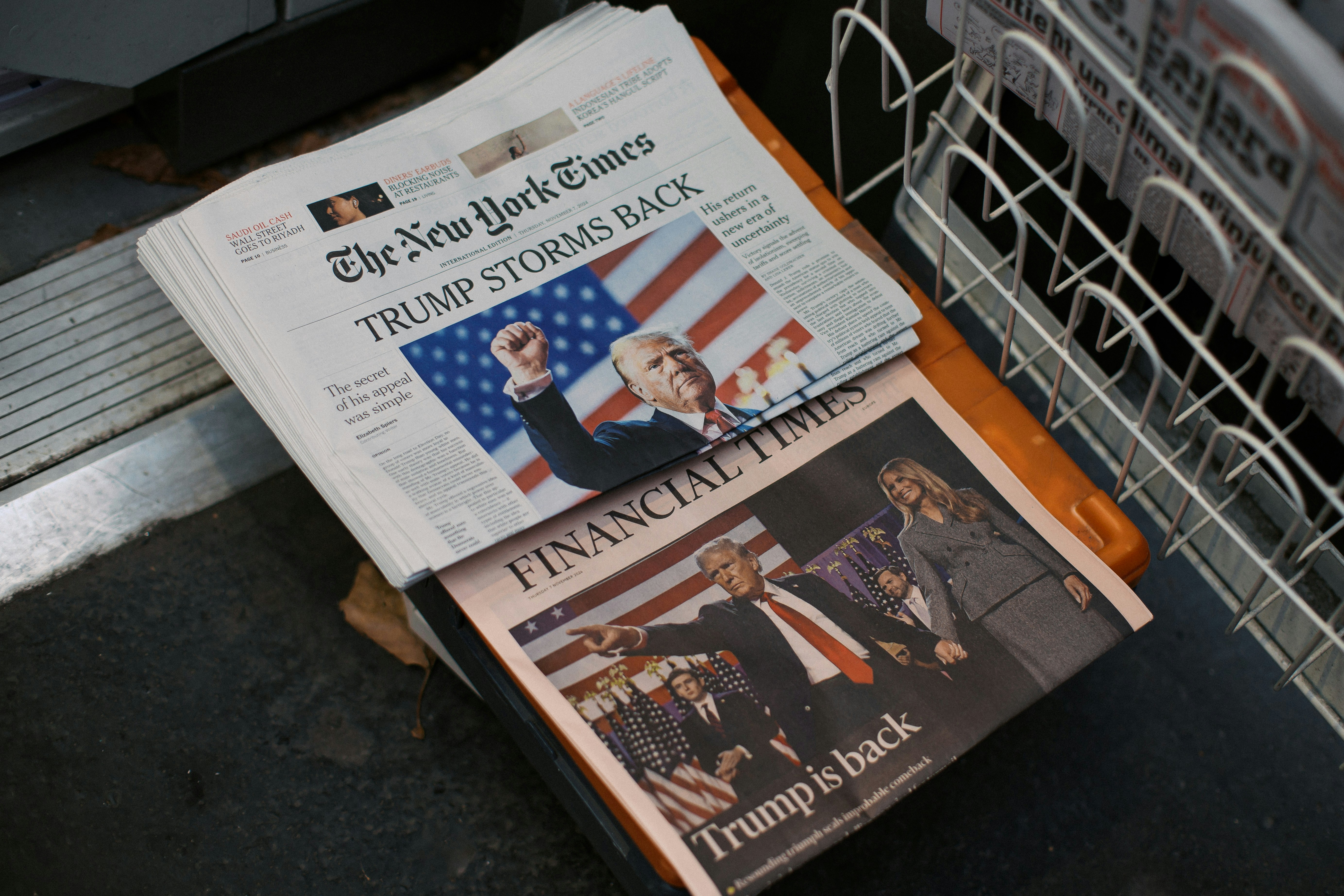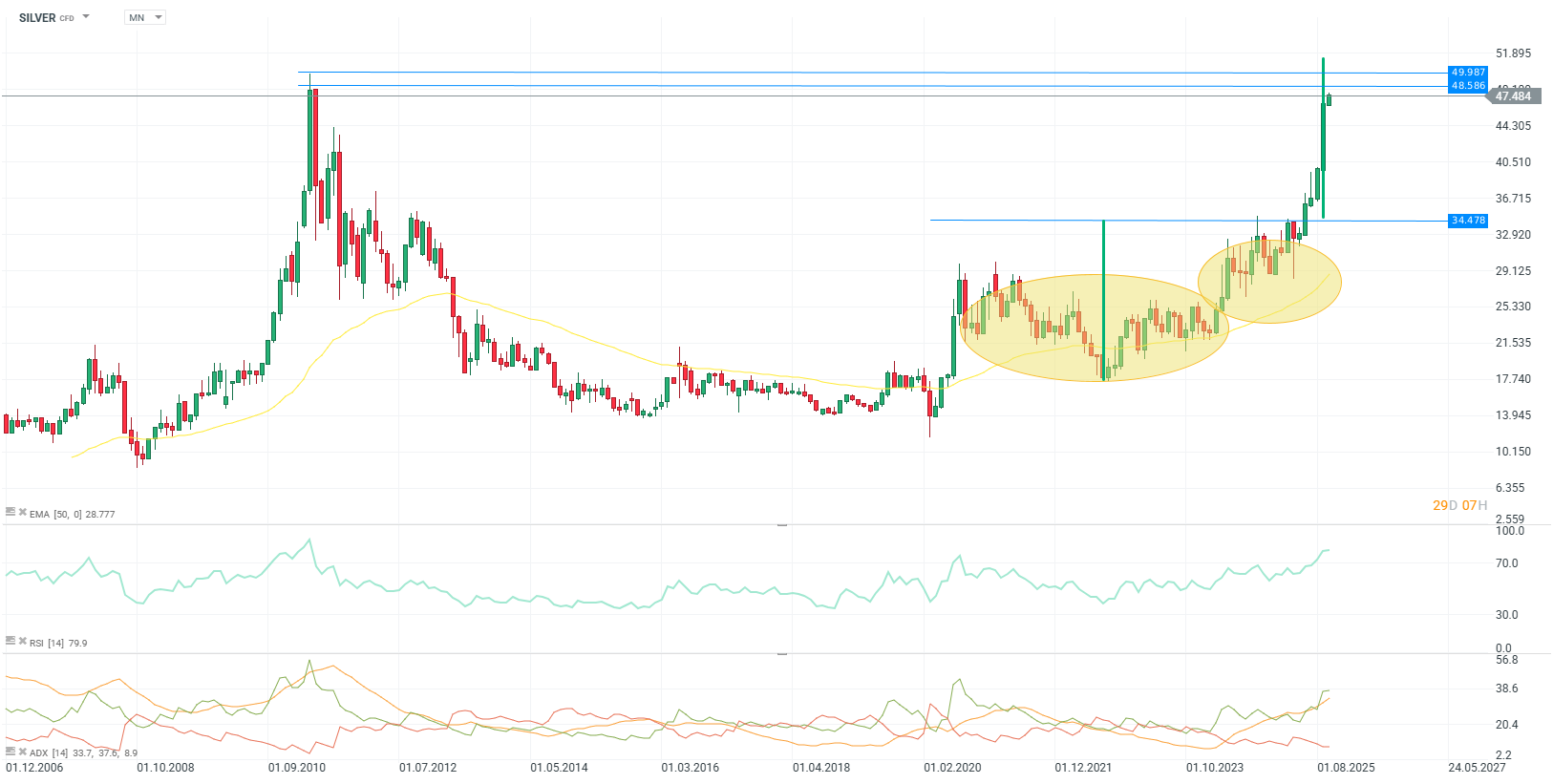October is usually the most turbulent month of the year for stock markets. Its average volatility is 33% higher than that of the other eleven months, and the U.S. government shutdown has been a reminder of that. While a prolonged shutdown would affect hundreds of thousands of federal employees, in practice its impact on the broader economy and markets is usually limited. Will this time be different?
In history, there have been 21 shutdowns in the last half century, and most were resolved within just a few days without major economic effects. Even the longest ones, under the Clinton or Obama administrations, did not derail the bull markets of the time. The last one, under the Trump administration, coincided with Powell’s Fed turning dovish, which ended up strongly boosting equities during those 35 days.
Start investing today or test a free demo
Create account Try a demo Download mobile app Download mobile app
What’s at stake this time
Now, it is expected that the shutdown could furlough around 750,000 workers and cost the U.S. economy billions of dollars in lost output. During the shutdown, the federal government halts all non-essential functions, while employees whose jobs are considered essential—such as active-duty military personnel and federal law enforcement officers—must report to work, often without pay.
We cannot rule out that this time it will break all records, given the war of words between both parties. Drug approvals, IPOs, and economic data releases stand out among the biggest risks for markets.
Trump, the Fed, and the market impact
Some Democrats warn this is a smokescreen at a moment when Trump is explicitly demanding that the Department of Justice prosecute those he considers enemies, pressuring ABC to fire a late-night TV host he dislikes, sending National Guard forces to Democratic cities, and preparing the military to fight the “internal enemy.”
In fact, if the shutdown lasts three weeks, it is estimated that the unemployment rate could jump from 4.3% in August to 4.6%–4.7%, since furloughed workers are counted as temporarily unemployed. Could this be Trump’s objective? New signs of recession would force the Fed to cut rates, while bond yields fall both because of monetary policy and economic risks, as investors shift toward safe-haven assets. This would allow the government to finance itself more cheaply at a critical moment: the refinancing of more than $11 trillion before the end of 2026—practically one-third of its entire debt.
Maturity of the US debt. Source: Bloomberg Finance.
For now, investors continue hedging against all these risks. Silver has just closed its best quarter in history, while gold has surpassed $3,900. The question is not if it will reach $4,000, but when.

Silver MN interval. Source: Xstation
The material on this page does not constitute as financial advice and does not take into account your level of understanding, investment objectives, financial situation or any other particular needs.
All the information provided, including opinions, market research, mathematical results and technical analyses published on the website or transmitted to you by other means is provided for information purposes only and should in no event be interpreted as an offer of, or solicitation for, a transaction in any financial instrument, nor should the information provided be construed as advice of legal or fiscal nature.
Any investment decisions you make shall be based exclusively on your level of understanding, investment objectives, financial situation or any other particular needs. Any decision to act on information published on the website or transmitted to you by other means is entirely at your own risk. You are solely responsible for such decisions.
If you are in doubt or are not sure that you understand a particular product, instrument, service, or transaction, you should seek professional or legal advice before trading.
Investing in OTC Derivatives carries a high degree of risk, as they are leveraged based products and often small movements in the market could lead to much larger movements in the value of your investment and this could work against you or for you. Please ensure that you fully understand the risks involved, taking into account your investments objectives and level of experience, before trading, and if necessary, seek independent advice.

